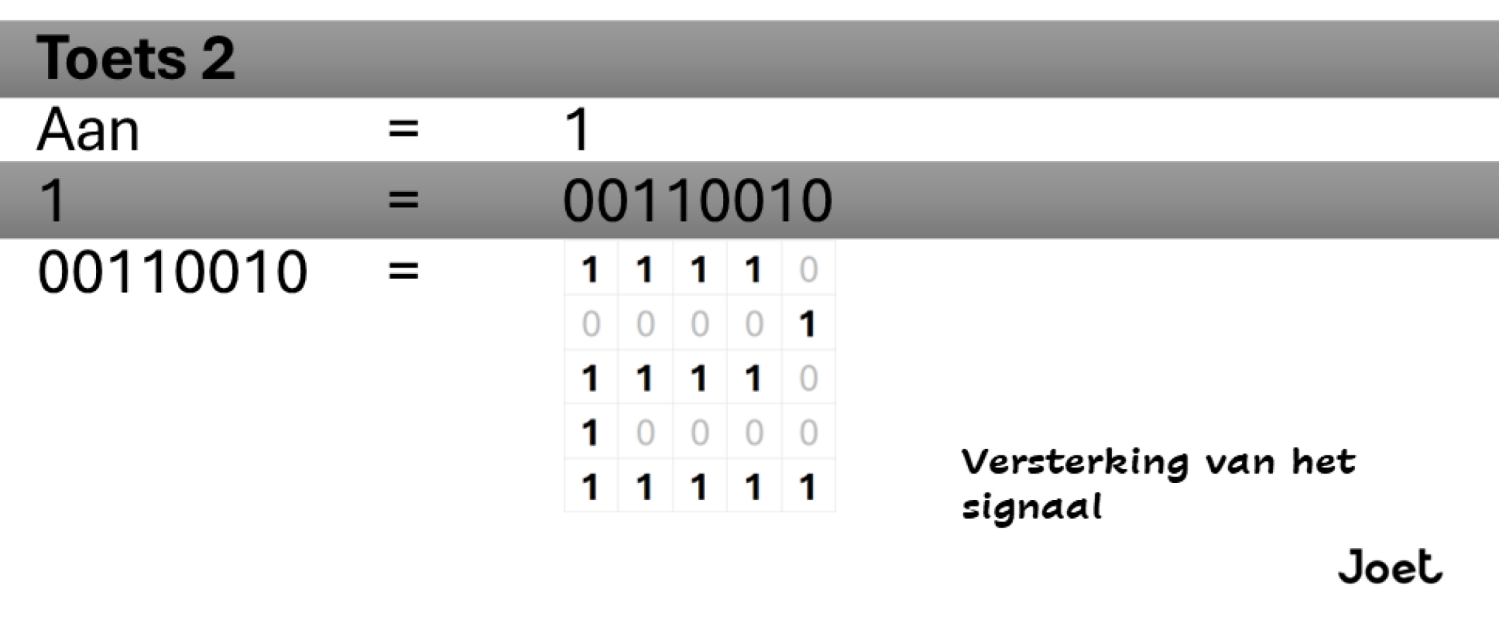Adverse childhood experiences associate with early post-trauma thalamus and thalamic nuclei volumes and PTSD development in adulthood
Abstract
Adverse childhood experiences (ACEs) potentially contribute to posttraumatic stress disorder (PTSD) after adult trauma exposure, but underlying brain changes remain unclear. The present study tested relationships between ACEs, whole thalamus and thalamic nuclei volumes, and post-trauma stress symptoms (PTSS) after adult trauma. Trauma survivors (n = 101) completed the Childhood Trauma Questionnaire (CTQ), the PTSD checklist-special stressor version 5 (PCL), and a structural magnetic resonance imaging (sMRI) scan within post-trauma 2 weeks. At post-trauma 3 months, survivors completed a second PCL survey and a PTSD diagnosis interview using the Clinician-Administered PTSD Scale (CAPS). CTQ scores significantly positively correlated with PCL scores at post-trauma 2 weeks and 3 months (respective p's < 0.01 and < 0.001). CTQ scores significantly negatively correlated with whole thalamus and 7 thalamic nuclei volumes at post-trauma 2 weeks in the PTSD (N = 50), but not the non-PTSD (N = 51) group. Whole thalamus and 22 nuclei volumes significantly negatively correlated with PCL scores at post-trauma 3 months in the PTSD, but not the non-PTSD group. These results suggest ACEs negatively influence early post-trauma thalamic volumes which, in turn, are negatively associated with PTSS in survivors who develop PTSD.
Introduction
Posttraumatic stress disorder (PTSD) is a debilitating condition characterized by post-traumatic stress symptoms (PTSS) that persist for more than one month after trauma (Calhoun et al., 2012; Jorge, 2015). About 7% of Americans suffer from PTSD at some point in their lives; consequently, PTSD is considered to have a major impact on public health (Kessler and Wang, 2008). The factors and brain changes that contribute to PTSD development after an adult traumatic event remain largely unknown.
Relationships between PTSS and organization of brain structure have been a focus of previous work (Bremner, 2006; Xie et al., 2018). The thalamus is a large diencephalic structure composed of heterogeneous nuclei that contribute to diverse functions including sensation, cognition, memory, and fear processing (Beas et al., 2018; Bergmann, 2008; LeDoux, 1986; Penzo et al., 2015; Steriade and Llinás, 1988). In general, alterations in the thalamus have been linked to a range of stress-related processing changes, including incorrect integration of trauma-related sensory inputs (Brewin, 2001), inappropriate attention processing (Suvak and Barrett, 2011), and over-consolidation of traumatic memory (Brewin, 2001; Suvak and Barrett, 2011).
PTSS have been shown to be associated with functional changes in the thalamus (Yan et al., 2013; Yin et al., 2011). In addition, thalamic structural alterations have been reported in chronic PTSD patients. One sMRI study has reported gray matter atrophy in the thalamus was significantly greater in chronic PTSD patients than controls (Cardenas et al., 2011). Trauma-related re-experiencing symptoms also negatively correlated with thalamus volumes in chronic PTSD patients (Shucard et al., 2012). The above findings on thalamic structure focus on chronic effects years after trauma. However, PTSS can emerge immediately after trauma and brain structural effects can be seen during the early post-trauma period. For example, we previously reported that hippocampal volumes are negatively associated with PTSS from 2 weeks to subsequent months after trauma in survivors who develop PTSD (Xie et al., 2018). Potential thalamic structural contributions to early PTSS and PTSD development after acute trauma have received little attention. Interestingly, one recent study reported that whole thalamus gray matter volume interacted with fear-potentiated startle at 2 weeks post trauma to predict PCL score 8 weeks later (Steuber et al., 2021). How these results relate to early post-trauma PTSS severity remains unknown. Recent neuroimaging studies also suggest thalamic nuclei volume changes are related to mental and neurological disorders including psychosis, obsessive-compulsive disorder (OCD), migraine, and epilepsy (Chen et al., 2021; Huang et al., 2020; Shin et al., 2019; Weeland et al., 2021). To our knowledge, no studies have assessed thalamic nuclei volume relationships to early post-trauma PTSS or PTSD development.
It has been suggested that adverse childhood experiences (ACEs) may affect development of brain structure which, in turn, may increase risk for PTSD after adult trauma. ACEs, which affect 7–60% of children, include neglect and physical, emotional, or sexual abuse (Gilbert et al., 2009). ACEs have been linked to mental health problems, including PTSD, later in life (Brewin et al., 2000; Kessler et al., 2010; McLaughlin et al., 2012; Nemeroff, 2016). For example, 17–23% of young adults who experienced at least one type of ACE were diagnosed with PTSD after trauma exposure later in adult life as compared to 10% of those without an ACE history (Widom, 1999).
Structural changes in a range of cortical and subcortical structures including prefrontal cortex, hippocampus, and amygdala have been reported in chronic PTSD patients with an ACE history (Bremner et al., 1997; De Bellis et al., 2002; Evans et al., 2016; Hart and Rubia, 2012). Few studies have focused on diencephalic structures, including the thalamus. Children exposed to ACEs may have smaller thalamic volumes than children not exposed to ACEs (Hanson et al., 2010). ACE effects on stress systems have been proposed to underlie brain changes, impairment of stress responses, and vulnerability to PTSD (De Bellis and Zisk, 2014). Whether or how ACEs influence thalamic volumes, stress responses, and PTSD development in related ways at early times after adult trauma is unknown.
To investigate the potential associations between ACEs, subsequent early post-trauma whole thalamus and thalamic nuclei volumes, and PTSS and PTSD development, the present study tracked self-reported ACEs, and whole thalamus and thalamic nuclei volumes at 2 weeks, PTSS at 2 weeks and 3 months, and PTSD diagnosis at 3 months after an adult trauma. This provided original temporal analyses of potential linkages between early life ACEs, subsequent early post-trauma thalamic volumes, and PTSS and PTSD development.
Section snippets
Subject enrollment
Adult subjects (18–60 years of age) who were admitted to the hospital Emergency Department (ED) immediately following a traumatic experience were recruited within 48 h after trauma. Traumatic experience included motor vehicle collision (MVC) (n = 53), physical assault (n = 40), sexual assault (n = 7), or other trauma (n = 1). All subjects required immediate medical treatment in the ED and were then discharged from the ED. Excluded from the study were survivors who: 1) had severe injuries, i.e.,
Behavior and brain measures
101 adult trauma survivors completed this longitudinal study. 50 survivors comprising the PTSD group met full (N = 38) or partial (n = 12) PTSD diagnosis at 3 months. This included 23 MVC and 27 assault survivors. 51 survivors comprising the non-PTSD group did not meet full or partial PTSD diagnosis at 3 months. This group had 30 MVC, 20 assault, and 1 other trauma survivors. There was no significant difference in PTSD diagnosis in MVC vs assault survivors (χ² = 1.967, p = 0.161). There was no
Discussion
We find that ACEs are positively associated with PTSS severity in the early weeks to months after subsequent adult trauma. We also report that ACEs are inversely associated with whole thalamus volumes within the first 2 weeks after adult trauma, which, in turn, were inversely associated with subsequent PTSS severity at post-trauma 3 months in survivors who developed PTSD. Finally, with respect to specific thalamic nuclei, volumes of left MDm and VAmc, and right VLa and VA were inversely
CRediT authorship contribution statement
Hong Xie: Conceptualization, Data curation, Formal analysis, Writing – original draft. Nickelas Huffman: Writing – original draft, Writing – review & editing. Chia-Hao Shih: Data curation, Formal analysis. Andrew S. Cotton: Data curation, Resources. Mark Buehler: Validation. Kristopher R. Brickman: Supervision. John T. Wall: Conceptualization, Writing – review & editing. Xin Wang: Conceptualization, Writing – review & editing.
Declaration of Competing Interest
All authors report no biomedical financial interests or other potential conflicts of interest.
Acknowledgements
This work was supported by a grant from the National Institutes of Mental Health (NIMH), Grant R01MH110483.
We thank Cindy Gray, Lindsey Katschke, Danielle Perry, and the Department of Radiology at the University of Toledo for clinical and technical support, ProMedica Health System for subject recruitment, and Carol Brikmanis for editing the manuscript.
References (58)
- J.D. Bremner et al.
Magnetic resonance imaging-based measurement of hippocampal volume in posttraumatic stress disorder related to childhood physical and sexual abuse–a preliminary report
Biol. Psychiatry.
(1997) - C.R. Brewin
A cognitive neuroscience account of posttraumatic stress disorder and its treatment
Behav. Res. Ther.
(2001) - V.A. Cardenas et al.
Changes in brain anatomy during the course of posttraumatic stress disorder
Psychiatry Res.
(2011) - M.D. De Bellis et al.
Brain structures in pediatric maltreatment-related posttraumatic stress disorder: a sociodemographically matched study
Biol. Psychiatry.
(2002) - M.D. De Bellis et al.
The biological effects of childhood trauma
Child Adolesc. Psychiatr. Clin. N. Am.
(2014) - J. de Bourbon-Teles et al.
Thalamic Control of Human Attention Driven by Memory and Learning
Curr. Biol.
(2014) - D.G. Duarte et al.
Gray matter brain volumes in childhood-maltreated patients with bipolar disorder type I: a voxel-based morphometric study
J. Affect Disord.
(2016) - B. Fischl
FreeSurfer
Neuroimage.
(2012) - T.A. Gennarelli et al.
AIS 2005: a contemporary injury scale
Injury.
(2006) - R. Gilbert et al.
Burden and consequences of child maltreatment in high-income countries
The Lancet.
(2009)
Cited by (14)
Structural changes in the thalamus and its subregions in regulating different symptoms of posttraumatic stress disorder
2023, Psychiatry Research - NeuroimagingChildhood adversities and risk of posttraumatic stress disorder and major depression following a motor vehicle collision in adulthood
2023, Epidemiology and Psychiatric SciencesInteraction between childhood trauma experience and TPH2 rs7305115 gene polymorphism in brain gray matter volume
2023, Behavioral and Brain Functions




